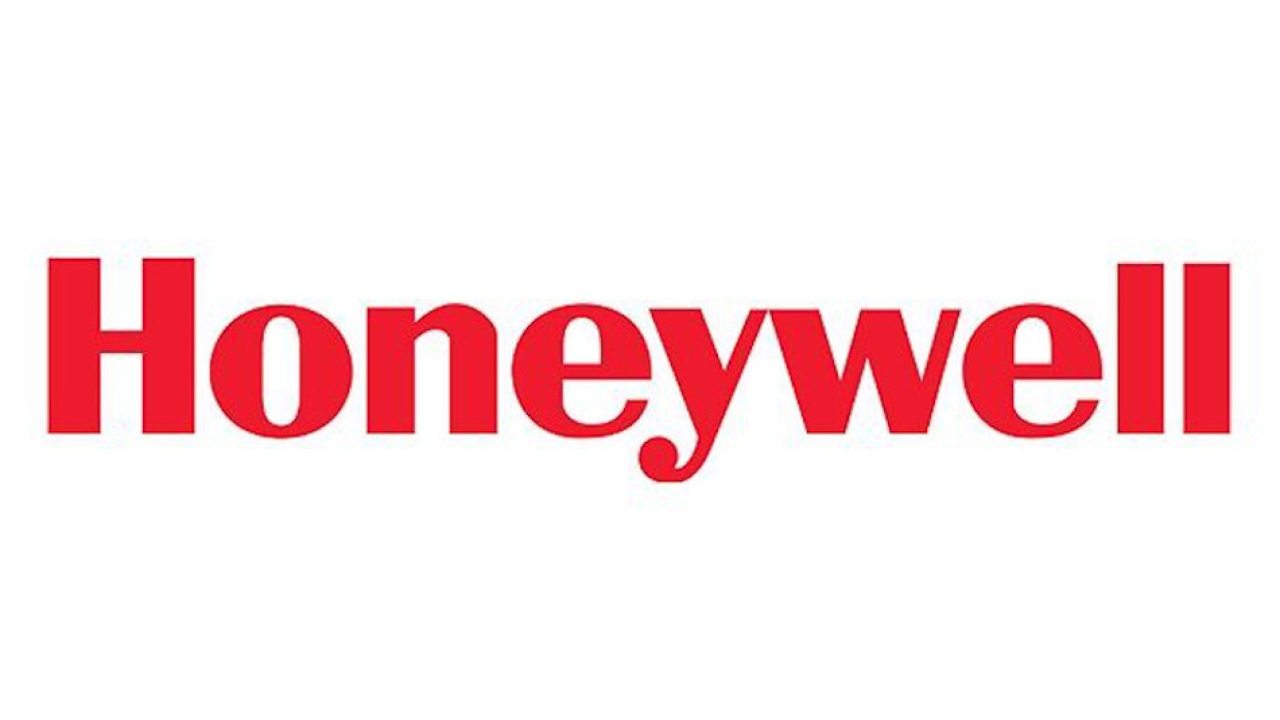Honeywell research shows growing investment in 'connected' technology

The US-headquartered technology company said that spending on connected technologies will increase dramatically in the coming years, driven by a rapidly growing demand for solutions that enhance the passenger experience, save airlines money and improve operational efficiency.
The Honeywell Connected Aircraft Report surveyed more than a hundred aviation organisations about connected technologies - those that make use of data sent to and from the aircraft to benefit passengers, pilots and operators.
The report found that spending will be largely focused beyond the cabin, with maintenance ranking highest among the pain points that airline decision makers want to tackle. Investment in connected technologies is expected to rise significantly during the next 12 months, and to increase even more rapidly over the next five years.
“The airline industry is beginning to seriously invest in Connected Aircraft technology to proactively improve daily operations. The result is airline employees performing their daily roles more effectively, while also delivering the kind of service that passengers expect, including increased safety and on-time arrivals,” said Kristin Slyker, vice president, Connected Aircraft, Honeywell Aerospace.
“With the massive potential for cost savings and improved operations, predictive maintenance is the No. 1 area in which airlines are looking to invest. Our research revealed nearly 60% of airlines are looking to purchase predictive maintenance technologies over the next year, and even more are expected to invest down the road.”
The Honeywell Connected Aircraft Report features survey responses from maintenance personnel, flight and ground crew, fleet management personnel and other key stakeholders in the commercial airline sector on near- and long-term technology purchase plans. Connected Aircraft technologies are seen as one of the most important long-term investments to improve all-around operations and competitive standing within the industry. The benefits of these technologies also go well beyond passenger entertainment in the cabin. The next wave of investment in connectivity is to address three main challenges: maintenance effectiveness, fuel consumption and aircraft turnaround time.
Delays due to last-minute maintenance issues cost the industry hundreds of millions of dollars a year and contribute significantly to passenger dissatisfaction. Based on insight from commercial respondents, improvements in maintenance are the most important benefit airlines want to see from an investment in the Connected Aircraft. Maintenance was ranked as the top priority in the report, with 88 % of respondents labelling it as an “Extremely Important” or a “Very Important” investment.
Fuel typically accounts for 20 to 40% of an airline’s operating costs. If airlines can reduce the amount of fuel used, that will make a dramatic impact on the bottom line. Therefore, Honeywell said, it was no surprise that 73 % of survey respondents listed fuel efficiency as “Extremely Important” or “Very Important” to an airline’s investment plan.
Honeywell’s report also found that passenger experience was one of the top reasons for airlines to invest in the connected aircraft, with 76 % of respondents listing it as “Extremely Important” or “Very Important.” Respondents said that connected-related purchases will increase operational efficiency, improve fleet management, provide energy efficiency, ensure flight safety, give customers delight, [and reduce] aircraft turnaround time and costs.
According to the report, 61% of respondents are planning to spend more in the next year than they currently do on connected aircraft technology, and 69% are planning to spend even more in the next five years. Airlines are also willing to give that investment time to pay off; 27 % expect a return between 12 and 18 months, and 28 % expect a return between 19 months and three years.
About half of the respondents expect to spend up to $1 million per aircraft on connectivity technologies over the next year, with most looking to spend $100K to $500K. The bigger jump is seen over the next five years, with 38 % of respondents reporting that they expect to spend at least $1 million per aircraft on connected technology during that time span. A full 17 % plan to spend more than $10 million per aircraft on connected technologies over the next five years. These significant investments signal the increasing value of connected technologies in the coming years.
“The Connected Aircraft brings immense opportunity to increase flight efficiency and productivity for pilots, maintainers and flight operations managers, while delivering a safer and more enjoyable experience for passengers,” Slyker said. “Data is allowing us to help airlines maximize their aircraft utilisation and increase their return on investment.”
Stay up to date
Subscribe to the free Times Aerospace newsletter and receive the latest content every week. We'll never share your email address.

